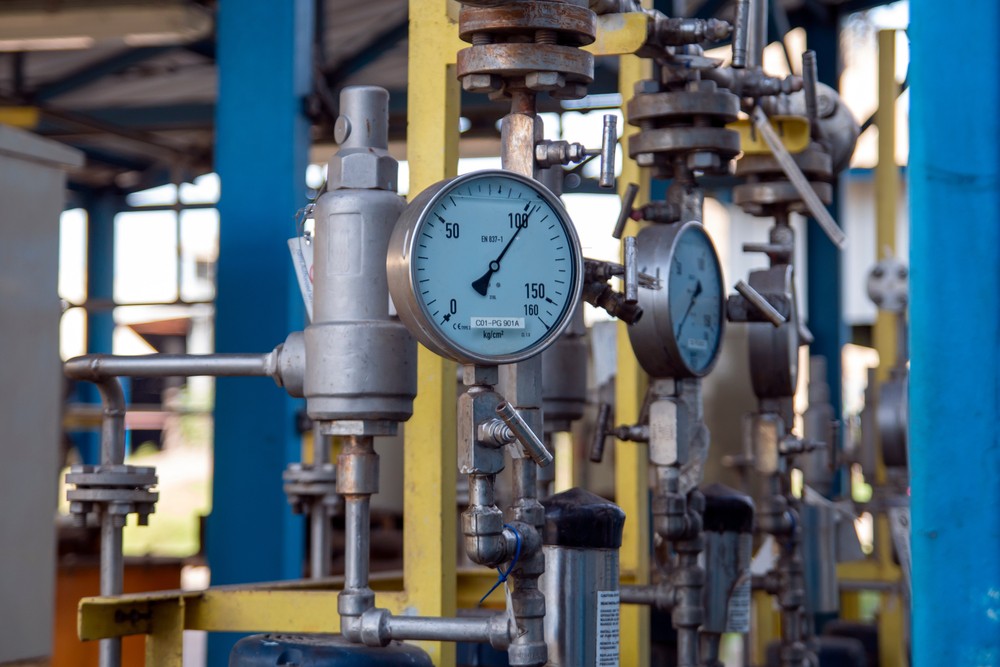Identifying the Common Causes of Pneumatic System Failure

Pneumatic systems are the muscle of many industrial facilities, powering everything from assembly lines to material-handling equipment. Their reliability and relatively simple design make them a popular choice for various tasks. Still, even minor issues within a pneumatic system can lead to inefficiencies, production delays, and critical safety hazards if left unchecked.
Common failure modes for pneumatic systems
While a pneumatic system might seem to function even with small problems, it’s crucial to proactively address these issues to maintain optimal performance, prevent costly downtime, and ensure safety. Here are some common contributors to pneumatic system failure and the symptoms you should watch out for:
- Component wear and tear: Over time, seals, valves, cylinders, and other components wear out due to regular use. This can lead to leaks, reduced efficiency (slower cycle times, weaker force output, etc.), and eventual failure.
- Contamination: Dirty air entering the system can damage components and cause malfunctions. Contaminants like dust, moisture, and debris can clog filters, score cylinder walls (leading to erratic movement), and lead to corrosion (increased friction and seizing).
- Improper maintenance: Lack of regular maintenance — including lubrication, filter changes, and inspections — can accelerate wear and tear and increase the risk of failure. Symptoms might include increased noise during operation, difficulty actuating valves, and visible signs of wear on components.
- Incorrect installation: If components are not installed properly, they can leak, malfunction, or be placed under undue stress, leading to premature failure. This could show up as leaks at connection points, components not moving through their full range, or an inability to achieve optimal pressure.
- Excessive pressure or flow: Operating the system outside its design parameters, with too much pressure or flow, can damage components and lead to leaks or bursts. Listen for abnormal hissing sounds, identify pressure gauge readings outside the recommended range, and watch for components operating erratically.
- Human error: Mistakes during operation or maintenance can damage components, introduce leaks, or cause malfunctions. This could result in unintended equipment behavior, leaks due to overtightening fittings, or complete system shutdown.
- Environmental factors: Extreme temperatures, vibrations, or exposure to chemicals can degrade components and shorten their lifespan. Signs might include changes in performance based on ambient temperature, components coming loose due to vibration, or accelerated corrosion in harsh environments.
By understanding these common failure modes and their associated symptoms, manufacturing technicians can (and should) be more aware of the health of the pneumatic system they’re around each day.

Monitoring and symptoms
For a comprehensive evaluation and corrective action that targets the root cause of the problem, regular inspections and servicing by qualified professionals are essential. To ensure the longevity and reliability of pneumatic systems, prioritize:
- Routine checks: Regular lubrication, filter changes, and inspections can mitigate wear and prevent failures.
- Professional servicing: Trained technicians are necessary to evaluate the system comprehensively, identify current problems, and predict future issues.
- Proactive measures: A proactive maintenance approach helps avoid breakdowns and production delays, saving time and costs.
Preventing costly breakdowns and production delays starts with proactive planning. With proper maintenance, attention to detail, and expert technicians, you can ensure your pneumatic systems continue to operate efficiently, reliably, and safely each and every day.